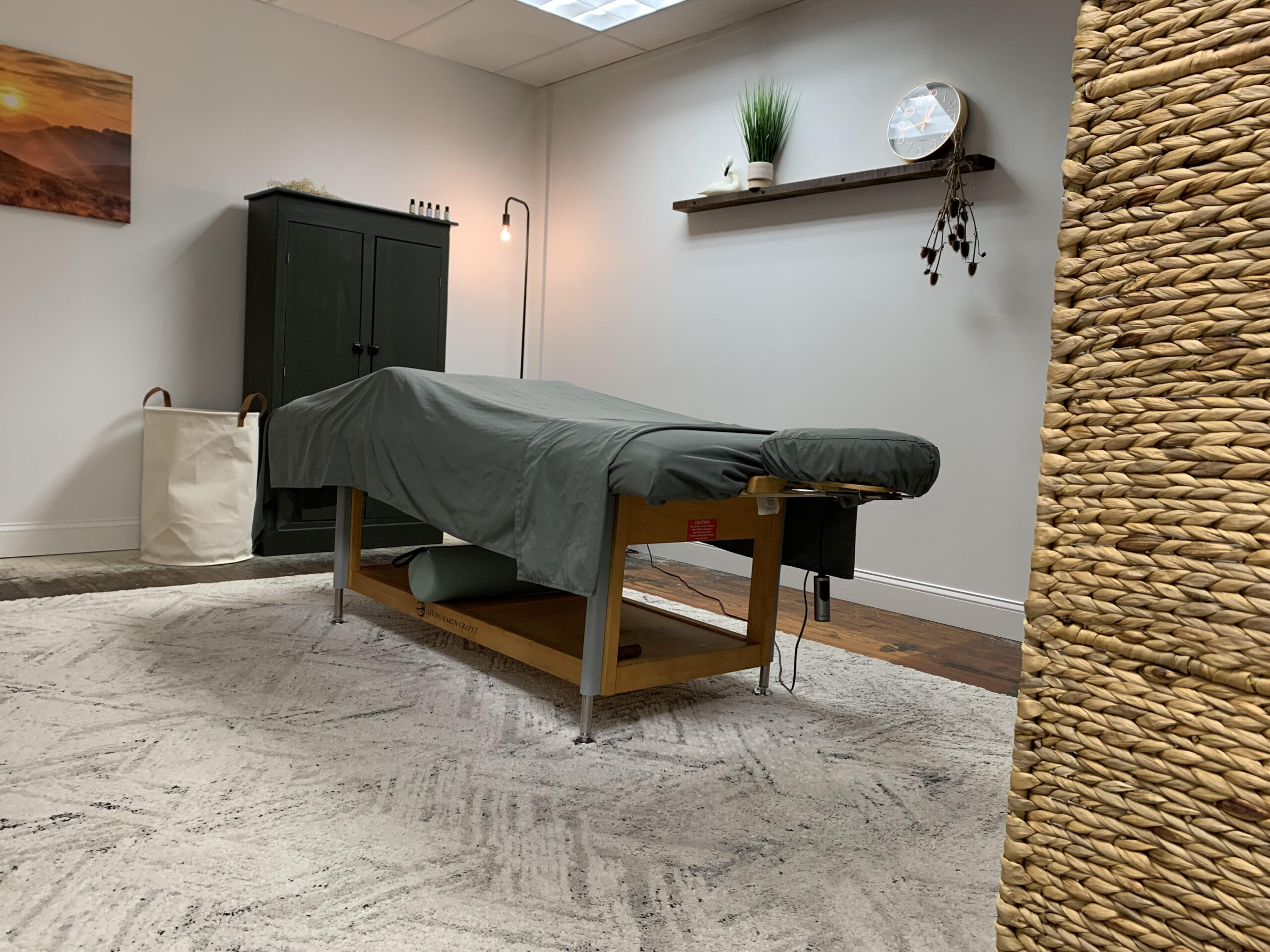Maybe you’re curious about the massage therapy profession, are thinking about going to school for it, or just want to understand what it takes to become a massage therapist. To become a Licensed Massage Therapist (LMT), you must complete formal training or schooling, meet state licensing requirements, and often pass national exams. Here’s a breakdown of the typical training and certification process required for massage therapists:
1. Education Requirements
Most aspiring massage therapists must complete a state-approved massage therapy program. These programs are where you get certified and can be at either:
Massage Therapy Schools
Vocational / Trade Schools
Community Colleges
Massage therapist training prepares people to safely and effectively treat clients through therapeutic touch. It combines usually a 50/50 split of classroom education and hands-on practice throughout the school to become certified. As you acquire the skills to perform a
massage there is a period during the later part of training where you will have the opportunity to work in a clinical setting. This is where you get your feet wet with the general public, not to mention the nice discounted price for the guinea pigs 🙂
Key Program Details:
● Program length: 500 to 1,000+ hours (varies by state). Pennsylvania has a minimum requirement of 600 hours.
● Duration: Usually 6 months to 2 years (full-time or part-time)
● Cost: The cost in the state of Pennsylvania ranges anywhere from $6,000 – $15,000.
● Courses include:
○ Anatomy & Physiology
○ Kinesiology (study of movement)
○ Pathology (study of disease)
○ Ethics & business practices
○ Hands-on massage techniques (Swedish, Deep Tissue, etc.)
2. Licensing and Certification
Licensing:
Most U.S. states require massage therapists to be licensed. Requirements vary, but generally include:
● Completion of an approved training program
● Passing an exam (usually the MBLEx — see below)
● Background checks
● Continuing education (CE’s) to maintain licensure
Certification Exam:
● MBLEx (Massage & Bodywork Licensing Examination)
○ Administered by the Federation of State Massage Therapy Boards (FSMTB) ○ Covers ethics, anatomy, assessment, massage techniques, and laws/regulations
Some states may have their own exams or requirements, but the MBLEx is the most commonly used in the U.S.
3. Continuing Education
Licensed massage therapists are required to complete 24 hours of continuing education every 2 years to keep their license current. These CEU’s cover:
● Child Abuse Reporting (required: 2 hours every 2 years)
● Ethics (A minimum requirement of 4 hours, but no more than 8 hours every 2 years)
● 16 in person hours required of any modality of your choice. This can be a new massage technique or a deepening knowledge of a modality you are already trained in. As long as the class is approved by the NCBTMB it will count towards re-certification
● A current CPR Certification – renewed in person every 2 years
● Be upstanding in the industry – no criminal activity or convictions
4. Optional Advanced Certifications
In addition to the licensing requirements, Licensed Massage Therapists can take as many classes as they would like to sharpen their skills and offer more for their clients.
This additional schooling can include:
● Sports massage
● Medical massage
● Neuromuscular therapy
● Myofascial release
● Lymphatic drainage
● Thai Massage
● Reflexology
● Cupping Therapy
● Hot Stone Massage
These programs often require additional hours of training and hands-on experience. Depending on what the massage therapist would like to study, larger cities seem to provide the most opportunities and a broader range of types of classes. However, the more extensive, specific, or rare the class is, the more exponential the cost.
5. Personality and Social Skills
Although this is not a “requirement,” I will add it to the list. I have found, after practicing for almost 10 years as a LMT, how crucial social skills are to the success (or detriment) of a therapist and the effect it can have on longevity in the field.
This does not mean you need to be a talker. In fact, it’s best to not talk too much. It means that you can find life and joy in working with and serving people on a daily basis. Skills that are helpful include:
● The ability to professionally relate with people
● Active Listening
● Having healthy boundaries
● Effective communication
● Fostering a healthy inner world to share
The difference between a good massage therapist and a great one is when they not only give a good massage, they deliver a fantastic experience. This involves more of the energy they give off, their ability to care and listen, their relational abilities, and making their client feel valued. A client is more likely to return based on the therapist’s personality than anything else.
At the end of the day massage therapy falls under the service industry umbrella and clients remember most the overall experience not just the actual service. This requires the therapist to have or attain good relational skills and a caring, positive attitude.
Summary: Steps to Becoming a Massage Therapist
1. Complete a state-approved massage therapy program (500–1,000 hours)
2. Pass the MBLEx or other state-required exam
3. Apply for a state license
4. Maintain license through continuing education
5. In most cases Licensed Massage Therapists will join either the AMTA (American Massage Therapy Association) or the ABMP (Associated Bodywork and Massage Professionals) for liability insurance and other benefits
The massage therapy industry is growing and becoming more credible by the day. The demand follows that trend. It is an incredibly rewarding profession with a good mix of routine and variability because people can be unpredictable. There is flexibility, too, as a therapist with different work environments to choose from including chiropractic offices, spas, or a private practice. The road to becoming a Licensed Massage Therapist is minimal when held up to a profession that requires a college degree or more. The time and money investment is a good one if you have interest in giving it a try. Either way, now you know a little bit more now about what it takes to become a massage therapist.
Happy Trails!




